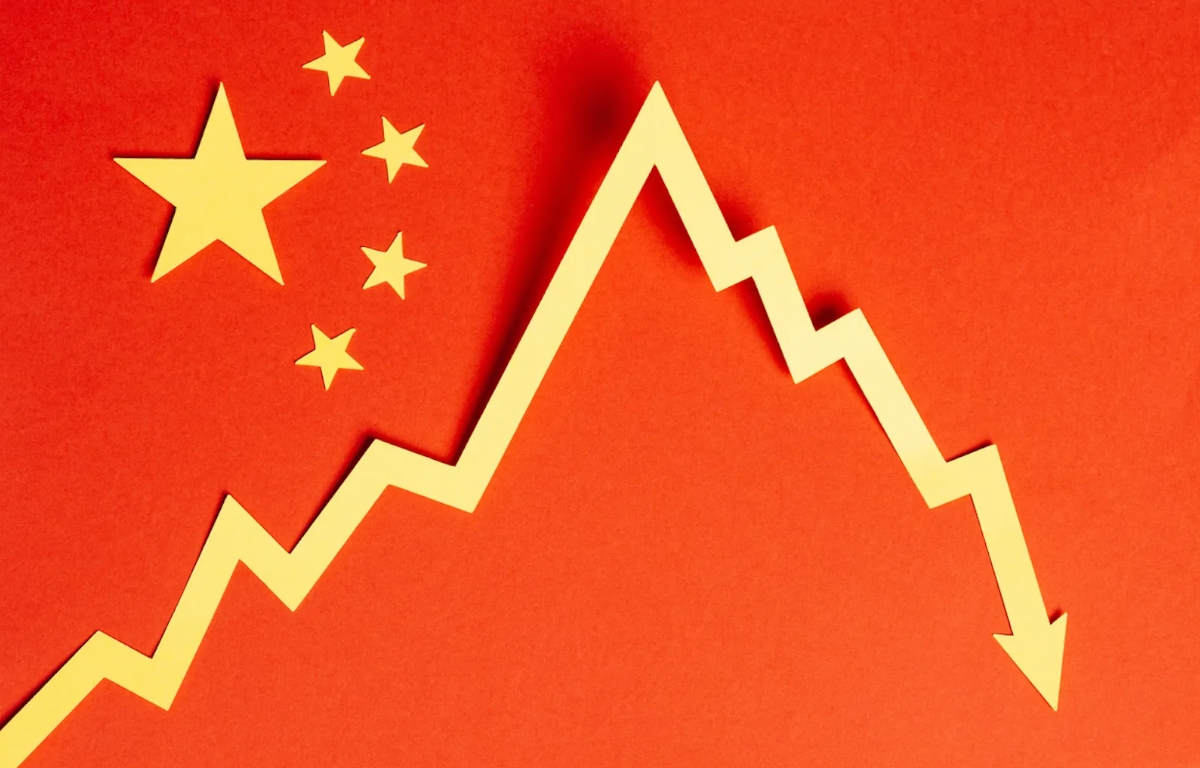
China’s factory gate prices have experienced a significant decline, marking the sharpest drop in seven years. This decline can be attributed to multiple factors. Firstly, the global economic slowdown, exacerbated by the COVID-19 pandemic, has led to decreased demand for Chinese goods. Lower demand often translates into reduced prices as manufacturers adjust to market conditions. Additionally, China heavily relies on imported commodities, and fluctuations in global commodity prices can significantly impact factory gate prices. Recent declines in commodity prices have contributed to the overall decrease. Furthermore, the Chinese government has implemented measures to curb inflation and manage housing market risks, indirectly impacting the manufacturing sector and leading to a moderation in prices.
The consequences of this decline are noteworthy. Lower factory gate prices can stimulate consumer demand by reducing the costs of intermediate goods and raw materials. This, in turn, may support domestic consumption and help stabilize the Chinese economy. However, it also affects global trade dynamics. Cheaper Chinese goods can benefit importers and consumers in other countries but pose challenges for competitors who may struggle to match these lower prices.
The decline in factory gate prices may alleviate inflationary pressures in China. Lower production costs can lead to reduced prices for consumer goods, offering relief to consumers and supporting purchasing power. However, it may squeeze profit margins for manufacturers, impacting investment decisions, employment levels, and overall business viability.
In response to these price declines, the Chinese government may implement measures to stimulate economic growth and support the manufacturing sector. These could include adjustments to monetary policies, fiscal incentives, or further market reforms.
China’s factory gate prices experiencing their most significant drop in seven years highlight the complex interplay of domestic and global economic factors. The decline can be attributed to weakened demand, commodity price volatility, and government policies aimed at managing inflationary risks. While this development may have positive effects on domestic consumption and inflation control, it also presents challenges for global trade dynamics and the profitability of manufacturers. Monitoring the trajectory of China’s factory gate prices will be essential to understand the evolving economic landscape and its implications for various stakeholders in the months ahead.










Share this: